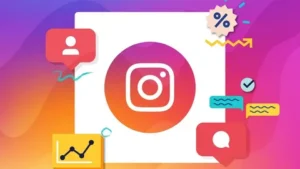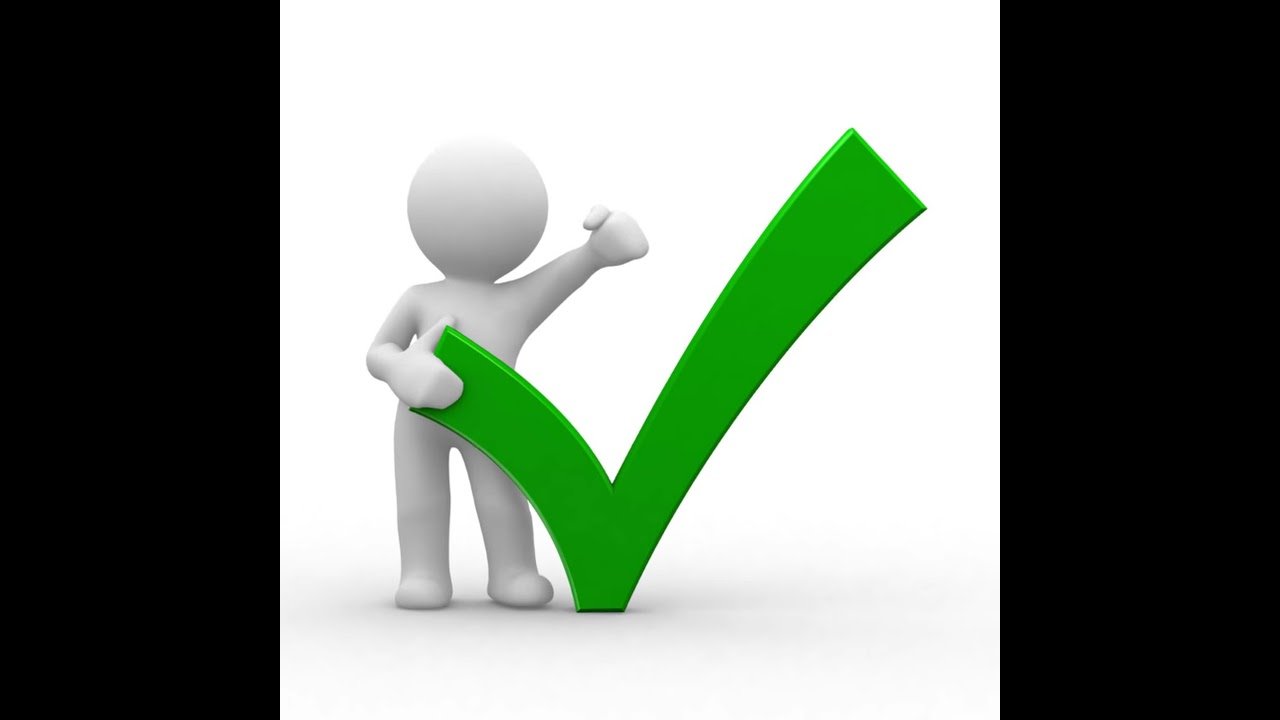The Power of Paid Social Media: A Comprehensive Guide
Unlocking the Power of Paid Social Media: Strategies and Best Practices

In a world where digital interactions are more prevalent than ever, understanding the role of paid social media is essential for businesses aiming to stand out. Unlike The Power of Paid Social Media: A Comprehensive Guide organic social media strategies that rely on non-paid methods to increase engagement and reach, paid social media involves using advertising to achieve your goals. This guide will walk you through the benefits, strategies, and best practices of paid social media, offering insights to help you make the most of your investment.
What is Paid Social Media?
Paid social media refers to the practice of using advertising options provided by social media platforms to promote content, products, or services to a targeted audience. These ads can appear in various formats, including display ads, video ads, carousel ads, and more.

How it Differs from Organic Social Media
While organic social media involves creating and sharing content without paying for placement, paid social media allows you to reach The Power of Paid Social Media: A Comprehensive Guide specific audiences The Power of Paid Social Media: A Comprehensive Guide through sponsored posts or ads. This approach often yields quicker results and can be precisely targeted based on factors such as demographics, interests, and behaviors.
Increased Reach and Visibility
One of the primary advantages of paid social media is the ability to significantly increase your reach. By investing in ads, you can ensure that your content reaches a broader audience beyond your current followers.
Precise Targeting
Paid social media platforms offer advanced targeting options, enabling you to reach users who are most likely to be interested in your products or services. This precision ensures that your ads are shown to the right people, improving the chances of conversion.
Enhanced Analytics and Reporting
With paid social media, you gain access to detailed analytics and reporting The Power of Paid Social Media: A Comprehensive Guide tools that provide valuable insights into campaign performance. These metrics help you understand what works and what needs improvement, allowing for data-driven decision-making.
Faster Results
Unlike organic strategies that may take time to build momentum, paid social media can deliver immediate results. Whether you’re looking to drive traffic, generate leads, or boost sales, paid ads can achieve your goals more quickly.
Facebook Ads
Facebook offers a variety of ad formats and targeting options, making it a versatile platform for reaching diverse audiences. From image and video ads to carousel and slideshow formats, Facebook provides numerous ways to engage users.

Instagram Ads
As a visually-driven platform, Instagram is ideal for showcasing products through eye-catching ads. Instagram ads can appear in users’ feeds or stories, providing opportunities for high engagement.

Twitter Ads
Twitter ads are great for driving conversations and increasing brand visibility. Promoted tweets and trends allow you to reach users interested in specific topics or hashtags.

LinkedIn Ads
LinkedIn is the go-to platform for B2B advertising. Its targeting options enable you to reach professionals based on industry, job title, and company size, making it ideal for lead generation and brand awareness in the business sector.

TikTok Ads
TikTok’s popularity, especially among younger audiences, makes it a powerful platform for creative and engaging ads. From in-feed ads to branded hashtags, TikTok offers unique ways to connect with users.
Setting Objectives
Before launching a campaign, it’s crucial to define clear objectives. Whether you aim to increase website traffic, boost sales, or enhance brand awareness, setting specific goals will guide your strategy.
Identifying Your Target Audience
Understanding your audience is key to a successful campaign. Use demographic, psychographic, and behavioral data to create detailed buyer personas and target your ads effectively.
Choosing the Right Platform
Select the platform that aligns with your business goals and target audience. Each platform has its unique features and user base, so choose one that best fits your campaign needs.
Budgeting and Bidding Strategies
Determine your budget and decide on a bidding strategy that aligns with your goals. Whether you choose cost-per-click (CPC) or cost-per-impression (CPM), managing your budget effectively ensures that you maximize your return on investment.

Designing Eye-Catching Visuals
Visuals play a crucial role in capturing attention. Use high-quality images or videos that resonate with your audience and align with your brand’s message.
Writing Persuasive Copy
Your ad copy should be clear, concise, and compelling. Focus on the benefits of your product or service and include a strong call-to-action (CTA) to drive user engagement.
Incorporating Effective Calls-to-Action (CTAs)
A well-crafted CTA encourages users to take the desired action. Use action-oriented language and make your CTA stand out to improve click-through rates.

Monitoring Performance
Regularly review your campaign performance to ensure that you’re meeting your objectives. Track metrics such as click-through rates, conversion rates, and return on ad spend (ROAS).
A/B Testing
A/B testing involves running multiple versions of an ad to determine which performs best. Test different visuals, copy, and CTAs to optimize your campaigns for better results.
Adjusting Based on Insights
Use the insights gained from performance data to make informed adjustments. Optimize your targeting, ad content, and bidding strategies to enhance campaign effectiveness.
Overlooking Target Audience Research
Failing to research your target audience can result in wasted ad spend. Ensure that you thoroughly understand your audience to create relevant and effective ads.
Ignoring Mobile Optimization
With a significant portion of users accessing social media via mobile devices, it’s essential to optimize your ads for mobile viewing. Ensure that your visuals and copy are mobile-friendly.
Setting Unrealistic Goals
Setting unrealistic goals can lead to disappointment and wasted resources. Establish achievable objectives based on your budget and capabilities.
Small Business Success
Many small businesses have leveraged paid social media to achieve impressive results. For instance, a local bakery used Facebook ads to drive foot traffic to their store, resulting in a significant increase in sales.
Large Scale Campaigns
Large-scale campaigns often involve multiple platforms and extensive budgets. A global fashion brand, for example, used Instagram and Facebook ads to launch a new collection, achieving high engagement and sales across different markets.

Integration of AI and Machine Learning
The integration of artificial intelligence (AI) and machine learning is revolutionizing paid social media. These technologies enable more precise targeting, personalized content, and automated optimization.
Enhanced Personalization
As users demand more personalized experiences, paid social media will increasingly focus on delivering tailored content based on user behavior and preferences.
Emergence of New Platforms
New social media platforms continue to emerge, offering fresh opportunities for advertising. Staying updated on these trends allows businesses to explore innovative ways to reach their audience.
Conclusion
Paid social media is a powerful tool for businesses seeking to enhance their online presence and achieve specific goals. By understanding its benefits, crafting a well-defined strategy, and avoiding common pitfalls, you can leverage paid social media to drive success. As the digital landscape evolves, staying informed about trends and best practices will ensure that your campaigns remain effective and impactful.

FAQs
How can I measure the success of my paid social media campaigns?
Success can be measured through key performance indicators (KPIs) such as click-through rates, conversion rates, and return on ad spend (ROAS). Use the analytics tools provided by social media platforms to track and analyze campaign performance.
Is paid social media worth the investment for small businesses?
Yes, paid social media can be highly effective for small businesses, especially when targeted correctly. It offers opportunities for increased reach, precise targeting, and faster results, making it a valuable investment for growing businesses.
How often should I review and adjust my ad campaigns?
Regular review and adjustment are essential for optimizing campaign performance. Monitor your campaigns at least weekly and make adjustments based on performance data and insights.
What are some best practices for creating engaging ad content?
Focus on creating visually appealing ads with clear and compelling copy. Use strong calls-to-action, test different ad variations, and ensure that your content resonates with your target audience.








